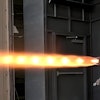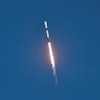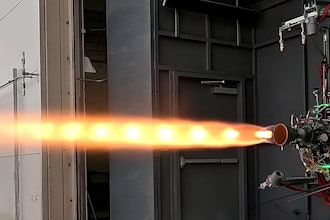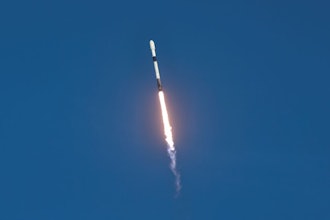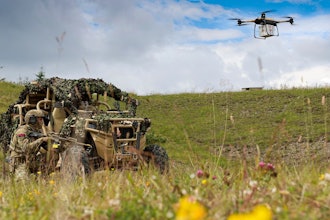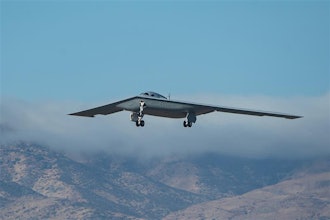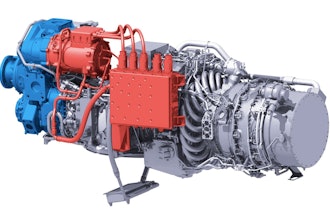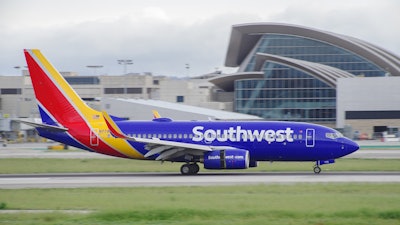
A federal investigator says Southwest Airlines pilots on a flight into Burbank, California, overshot the ideal touchdown point and should have aborted the landing before the plane skidded off a wet runway in December 2018.
The findings by an expert in aircraft performance were included in documents posted Thursday by the National Transportation Safety Board, which is investigating the incident.
The plane was stopped by absorbent material shortly before a fence and a street bordering Hollywood Burbank Airport. None of the 117 passengers and crew on the flight from Oakland, California, were injured.
The investigator’s report is only one part of the NTSB probe. It could be several months before the board determines probable cause for the overrun.
A spokeswoman for Southwest said the airline would not comment on the ongoing investigation.
Burbank has relatively short runways, and air traffic controllers warned the pilots of heavy rain at the airport. A small jet before them had aborted a landing.
“Yeah, it’s wet with a tailwind and (expletive) short runway,” said the co-pilot, Peter Van Pelt, according to an NTSB transcript of the cockpit conversation.
“Awesome,” replied the captain, John Welinski, who was handling the landing.
“What could possibly go wrong? You’re going to have to earn your money, man,” Van Pelt answered, followed by the sound of laughter.
The pilots warned passengers to expect hard braking after landing. Welinski told investigators that he set the plane’s automatic brakes to maximum and used thrust reversers, but the plane still didn’t feel like it was slowing after touchdown. He considered turning at an intersection with a taxiway, but the plane only drifted to the left, as if the nose wheel were in a skid.
NTSB specialist John O’Callaghan wrote in a report on the plane’s performance that a tailwind, the landing point and a fast approach speed all contributed to the plane leaving the runway. “However, of the three, the long touchdown is the most significant contributor,” he said.
O’Callaghan wrote that the plane touched down at least 1,000 feet too far down the runway, and under Southwest’s own guidelines, “a go-around (was) the better option.” In a go-around, pilots pull up and circle before making another attempt to land.
Both pilots flew for many years in the military before joining Southwest, had extensive experience and clean records with no previous accidents or incidents, according to NTSB documents.

